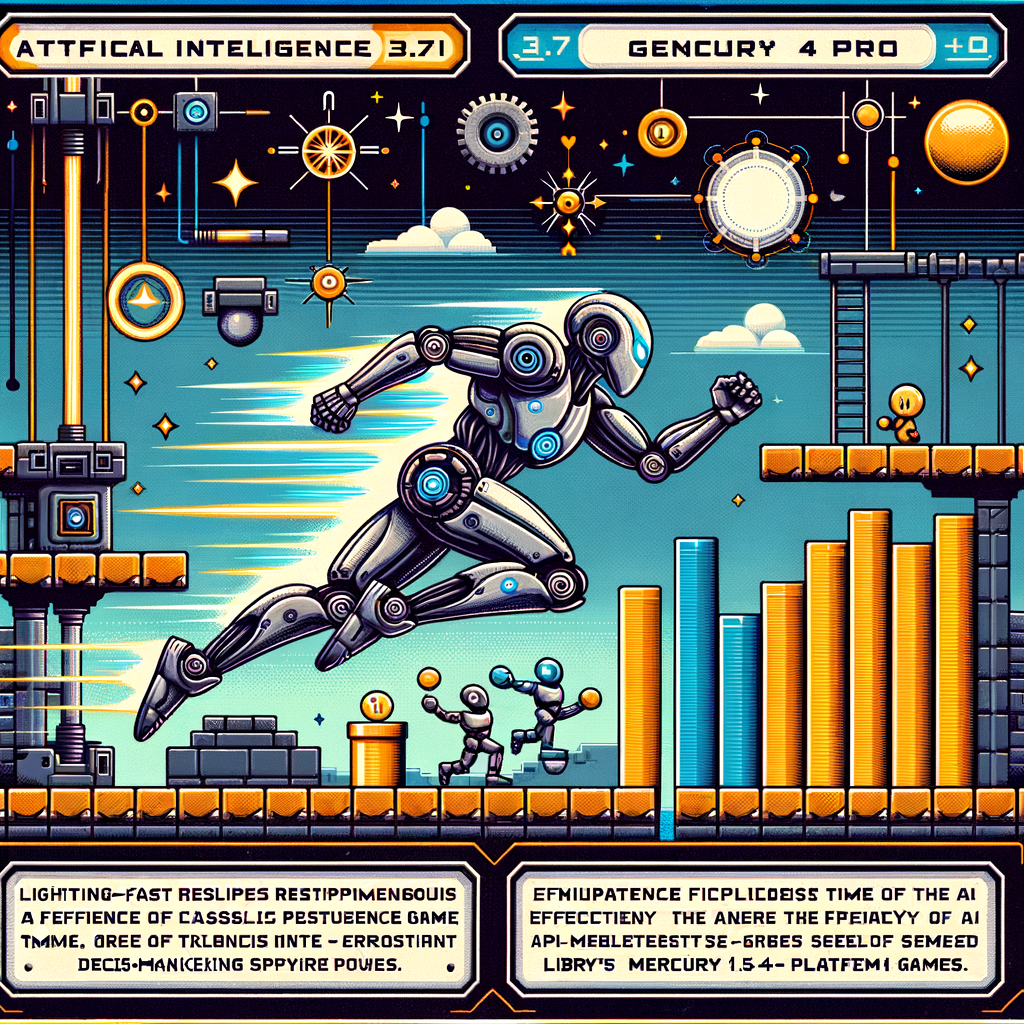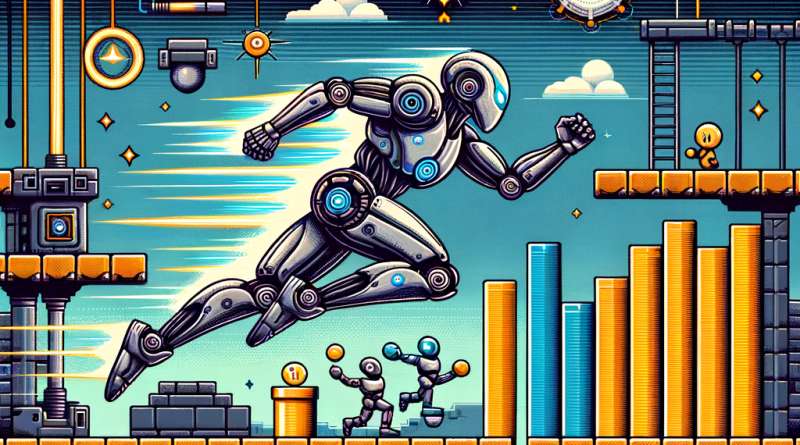**”AI vs. Super Mario: Surprising Benchmarks and Key Insights”**

The Surprising Insights from AI Benchmarking with Super Mario
Artificial Intelligence (AI) and gaming have always shared a fascinating connection, and recently, researchers and developers have started benchmarking AI performance using beloved classic games like Super Mario. This quirky yet insightful approach provides unexpected revelations about AI’s abilities and pitfalls. Let’s dive into what these latest developments mean for the world of AI and how they might shape its future.
AI Meets Mario: A New Benchmark Emerges
In a surprising development, UC San Diego’s Hao AI Lab recently published a groundbreaking test using a GamingAgent, measuring AI model performances by their ability to play Super Mario. The results have sparked quite a conversation in the AI community:
- Anthropic’s Claude 3.7 emerged as the clear leader, demonstrating superior reflexes and split-second decision-making capabilities.
- Claude 3.5 followed in second place, showing strong, but somewhat inferior performance in timing-sensitive tasks.
- Surprisingly, Google’s Gemini 1.5 Pro and OpenAI’s GPT-4o struggled to keep up, particularly in rapid reactions and precision jumps.
The findings highlight the importance of timing and reflexes—something typically associated with human gameplay rather than AI reasoning and planning capabilities. Notably, “reasoning” models traditionally strong in logical problem-solving, like OpenAI’s GPT-4o, demonstrated limitations when it came down to split-second reactions required for success in Super Mario.
Why Games Like Mario Matter
This seemingly light-hearted benchmarking is far from trivial. Renowned AI expert Andrej Karpathy suggested we’re currently experiencing an “evaluation crisis” in AI. Traditional measurements of AI performance often focus on logical reasoning and accuracy in quantitative benchmarks, yet they fail to address time-sensitive reflexes and real-time adaptability. In fact, games may represent a perfect benchmark for assessing an AI’s general capabilities in dynamic, real-world scenarios.
Further underscoring this unique benchmark’s legitimacy and intrigue, a recent development introduced an AI model 60,500 times smaller than established models, capable of beating Pokémon Red. This reinforces the potential of compact, efficient AI models executing sophisticated interactive tasks.
Tackling Prompt Engineering: Politeness, Formatting, and Consistency
Meanwhile, in a distinctly different but equally fascinating study, Wharton researchers extensively tested prompt engineering methods across models like GPT-4o and GPT-4o mini. They ran 19,800 iterations asking the same set of questions, examining how different approaches influence AI accuracy. Their insights challenge presumed notions about how we interact with AI:
- Formatting significantly impacts performance: Explicit, structured instructions consistently improved AI’s response accuracy.
- Politeness yields inconsistent results: Using polite language (saying “please”) greatly improved some responses but dramatically decreased accuracy in others, showing context-dependency.
- Consistency remains problematic: Repeated questions frequently produced varied answers, revealing a crucial limitation in reliability.
Implications for Prompt Engineers and Companies
These mixed results underline that there’s no magic formula for universal prompt crafting. The study emphasizes the necessity of human oversight—particularly in mission-critical applications—given AI’s variable performance in response to subtle prompt differences. Asking the same question multiple times and selecting the best output emerges as practical guidance for professionals relying heavily on AI.
OpenAI and the Future of AI-Driven Professional Services
In other AI news, OpenAI proposed plans for high-tier AI agents tailored to specific professional roles. These agents, priced between $2,000 and $20,000 monthly, aim to complement or potentially replace knowledge workers and researchers. Understandably, reactions are mixed, with many scientists skeptical about AI’s practical utility in non-virtual, real-world research contexts. The AI-generated proliferation of low-quality studies further raises concerns about this approach.
Our Advice: Stay Human-First
Taking these recent studies and trends together, a recurring lesson emerges: AI is incredibly promising, but consistency and reliability remain major hurdles. For now, the most effective strategy involves human oversight and remaining adaptable in incorporating and refining AI outputs. Treat AI as a powerful partner but retain control over the critical decision-making processes.
Closing Thoughts
Whether it’s navigating Mario through tightly-packed screens filled with enemies or carefully phrasing questions to tap into AI’s full capabilities, these developments mark an exciting, somewhat unpredictable era. As technology continues evolving, staying informed, critically assessing outputs, and prioritizing human judgment remain crucial practices. After all, the relationship that truly outperforms expectations is still AI + Human > AI alone.
